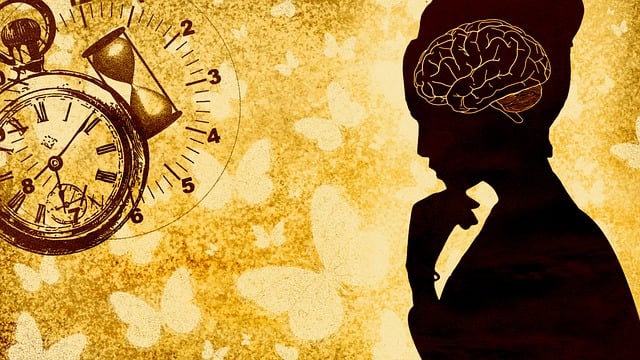From visual perception to aesthetic appeal: Brain responses to aesthetically appealing natural landscape films.
Summary During aesthetically appealing visual experiences, visual content provides a basis for the calculation of affectively colored representations of aesthetic value. How this happens in the brain is largely unexplored. Using attractive video clips of natural landscapes, we tested whether cortical regions that respond to perceptual aspects of an environment (e.g., spatial layout, object content, and motion) were directly modulated by rated aesthetic appeal. Twenty-four participants watched a series of videos of natural landscapes while being scanned using functional magnetic resonance imaging (fMRI) and reported both continuous ratings of enjoyment (during the videos) and general aesthetic judgments (after each video). Although landscape videos involved a greater extent of high-level visual cortex compared to that observed for landscape images, independently localized category-selective visual regions (e.g., scene-selective parahippocampal place area and hMT+ movement selective) were not significantly modulated by aesthetic appeal. Rather, a whole-brain analysis revealed modulations by aesthetic appeal in the ventral (collateral sulcus) and lateral (middle occipital sulcus, posterior middle temporal gyrus) clusters that were adjacent to scene- and motion-selective regions. These findings suggest that aesthetic appeal per se is not represented in well-characterized regions of the visual cortex that select features and categories. Rather, we propose that the observed activations reflect a local transformation from a feature-based visual representation to an “elementary affect” representation, computed through information processing mechanisms that detect deviations from an observer’s expectations. Furthermore, we found modulation by aesthetic appeal in subcortical reward structures, but not in regions of the default mode network (DMN) or orbitofrontal cortex, and only weak evidence for associated changes in functional connectivity. Unlike other visual aesthetic domains, aesthetically appealing interactions with natural landscapes may rely more on comparisons between continuous stimulation and well-formed representations of the natural world, and less on top-down processes of resolving ambiguities or evaluating the personal relevance. |
How does a vision of nature acquire its brilliance of beauty?
We know that the sight of beautiful landscapes activates the brain’s reward systems. But how does the brain transform visual signals into aesthetic ones? Why do we perceive the sight of a mountain or passing clouds as something beautiful? A research team at the Max Planck Institute for Empirical Aesthetics has tackled this question and investigated how our brains proceed from simply seeing a landscape to feeling its aesthetic impact.
In their study, the research team presented artistic landscape videos to 24 participants. Using functional magnetic resonance imaging (fMRI), they measured participants’ brain activity while they watched and rated the videos. Their findings have just been published in the open access journal Frontiers in Human Neuroscience. First author A. Ilkay Isik summarizes:
"We would have expected the aesthetic cues to be limited to the brain’s reward systems , but surprisingly, we found them already present in the visual areas of the brain while the participants were watching the videos. The activations occurred right next to the brain regions displayed by recognizing physical features in films, such as the layout of a scene or the presence of movement."
Lead author Edward Vessel suggests that these signals may reflect an early, elemental form of beauty perception:
"When we see something beyond our expectations, local patches of brain tissue generate small ’atoms’ of positive affect . The combination of many of these surprise signals in the visual system adds up to create an aesthetically appealing experience."
With this new knowledge, the study not only contributes to our understanding of beauty, but can also help clarify how interactions with the natural environment can affect our sense of well-being. The results could have potential applications in a variety of fields where the link between perception and emotion is important, such as clinical healthcare and artificial intelligence.
















